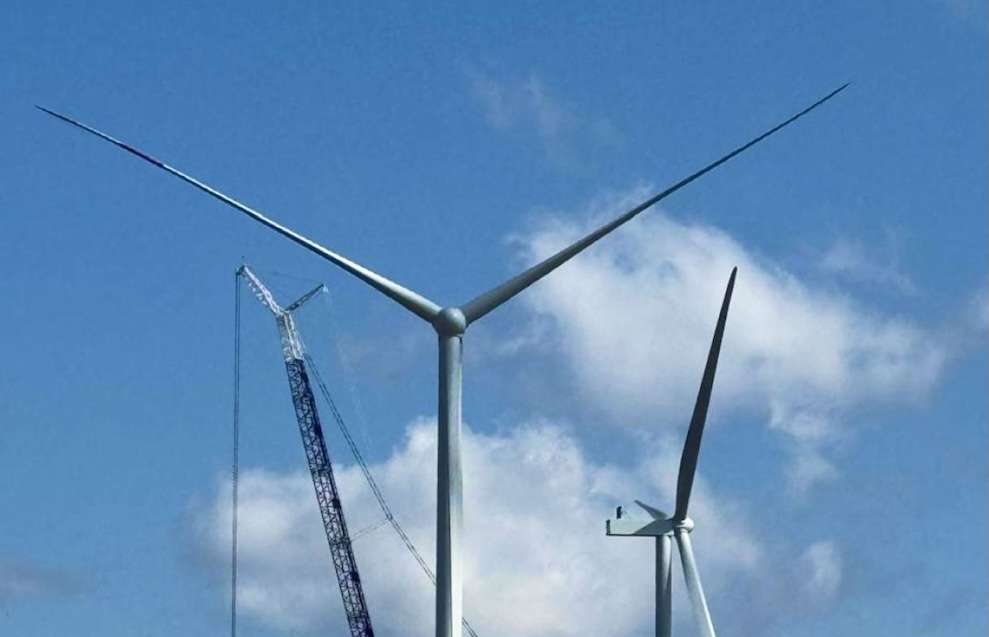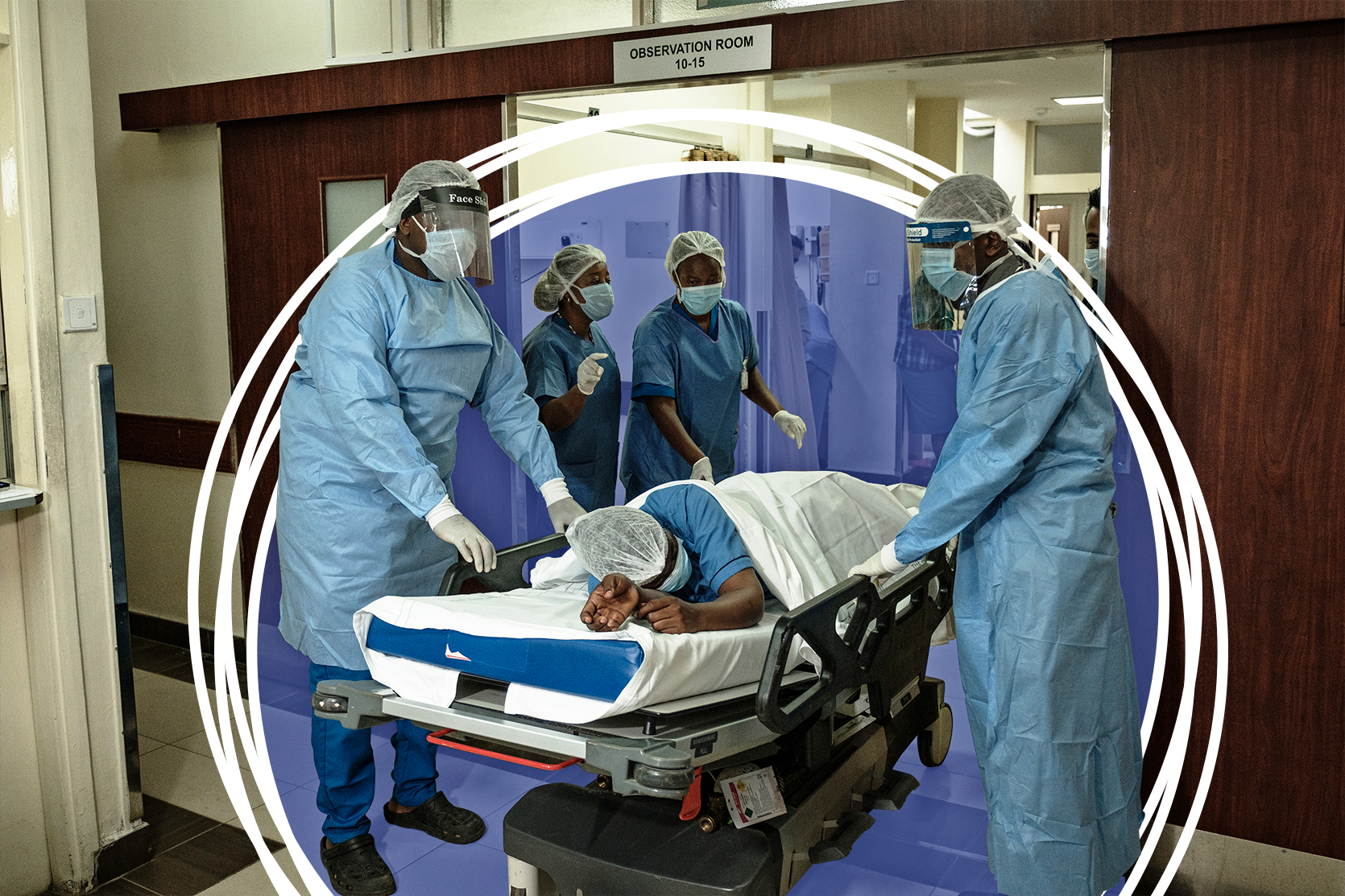Kenya Electricity Transmission Company (KETRACO) has completed the full restoration of the Loiyangalani–Suswa 400kV transmission line, reconnecting the country’s largest wind power project to the national grid at full capacity. The move is expected to boost electricity access in Kenya, stabilize supply, and cut costly blackouts that have affected households and industries.
The restoration ensures uninterrupted evacuation of power from the Lake Turkana Wind Power (LTWP) plant, a 310 MW renewable energy in Kenya project that supplies nearly 17% of the nation’s installed capacity. With both circuits now back in operation, Kenya is set to strengthen its position as a regional leader in grid stability in Africa.
Why the Loiyangalani–Suswa Transmission Line Matters
The Loiyangalani–Suswa 400kV line is one of the most critical pieces of Kenya electricity transmission infrastructure. It carries clean energy generated in northern Kenya’s Turkana region to the Suswa substation in Narok County, where it is integrated into the national grid.
Without this line, the country cannot fully utilize power from the Lake Turkana Wind Power project. Outages and structural failures in the past forced LTWP to reduce output, leading to expensive power purchase agreements and reliance on fossil-fuel plants. Restoring this line brings relief to consumers by ensuring cheaper renewable energy in Kenya reaches homes and businesses.
Details of the Restoration Project
The latest grid restoration involved repairing a collapsed section near Longonot. KETRACO’s engineers and contractors:
- Erected six permanent high-voltage transmission towers
- Re-strung conductors and installed an Optical Ground Wire (OPGW) for lightning protection and communication
- Restored both circuits of the double-circuit line in phases to ensure partial power flow during repairs
The final circuit was energized in late September, completing the process. According to KETRACO, this upgrade restores the line to its N-1 operational standard, meaning the grid can now withstand a single circuit failure without widespread outages.
Boosting Renewable Energy Integration in Kenya
With the Loiyangalani–Suswa line fully functional, up to 300 MW of wind power can now be transmitted into the national grid. This milestone will:
- Improve grid stability in Africa
- Reduce reliance on expensive emergency power bypasses
- Lower electricity generation costs by minimizing idle capacity payments
- Strengthen investor confidence in energy infrastructure Kenya
Officials at the Ministry of Energy highlighted that the project supports Kenya’s broader goal of achieving universal clean energy access under its Vision 2030 and Climate Action Plan.
Cost and Financing of the Project
Reports on the cost of the restoration vary. Some industry outlets estimate the works at KES 254 million under a contract awarded to Elemech Engineering in November 2024. Others cite smaller figures, around KES 46 million, depending on how different project phases and tenders were aggregated.
Regardless of the variations, experts agree that the long-term economic benefits of lower electricity tariffs, reliable renewable integration, and reduced grid disruptions far outweigh the cost.
Enhancing Grid Resilience Against Future Failures
The restoration included the deployment of fibre-enabled protection systems through OPGW, which improve lightning resistance and enable real-time monitoring of grid operations. This technology is essential as Kenya scales up renewable energy sources like solar and wind, which require smart grid solutions to balance variability.
KETRACO is also developing strategies to prevent future disruptions on the Loiyangalani–Suswa corridor. These include:
- Emergency restoration towers for faster response to collapses
- Strategic spares stockpiles
- Enhanced security and community engagement to prevent vandalism
- Strengthened maintenance protocols for high-voltage transmission lines in Kenya
What This Means for Kenya’s Energy Future
The completion of the Loiyangalani–Suswa line restoration is a significant milestone for renewable energy in Kenya. It signals that Kenya is not only generating clean power but also investing in the transmission backbone needed to distribute it effectively.
Energy analysts say the real test will be whether:
- Lake Turkana Wind Power consistently delivers full capacity to the grid
- Households and businesses notice fewer blackouts
- Power costs decline due to reduced reliance on thermal energy
The project also positions Kenya as a benchmark for energy infrastructure Kenya, proving that with proper grid infrastructure, large-scale clean energy plants can drive industrial growth and rural electrification.
Also read: How Geothermal Energy in Kenya is Powering Africa’s Clean Energy Future
FAQs on the Loiyangalani–Suswa Transmission Line
- What is the Loiyangalani–Suswa 400kV line?
It is a high-voltage transmission line that connects the Lake Turkana Wind Power project to Kenya’s national grid through the Suswa substation. - Why is this line important?
It enables evacuation of 310 MW from Africa’s largest wind farm, reducing Kenya’s reliance on fossil fuels and lowering electricity costs. - What caused the restoration works?
A section of the line near Longonot collapsed, disrupting both circuits and limiting wind power transmission. - How much did the project cost?
Estimates range from KES 46 million to KES 254 million, depending on project phases. - How does it impact Kenya’s energy future?
It improves grid stability in Africa, integrates more renewable energy in Kenya, and supports Kenya’s target of universal clean power access.















